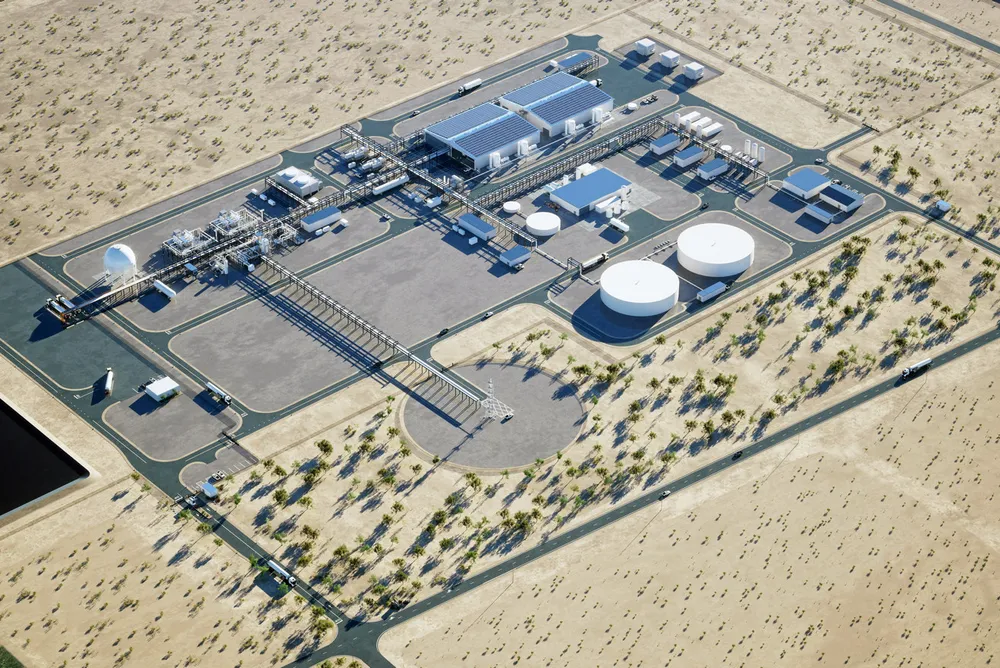Fortescue takes final investment decision on first two hydrogen production projects worth a combined $700m
Board approves total of three schemes including Phoenix Green Hydrogen hub an a 50MW electrolyser in Gladstone Australia

Board approves total of three schemes including Phoenix Green Hydrogen hub an a 50MW electrolyser in Gladstone Australia
